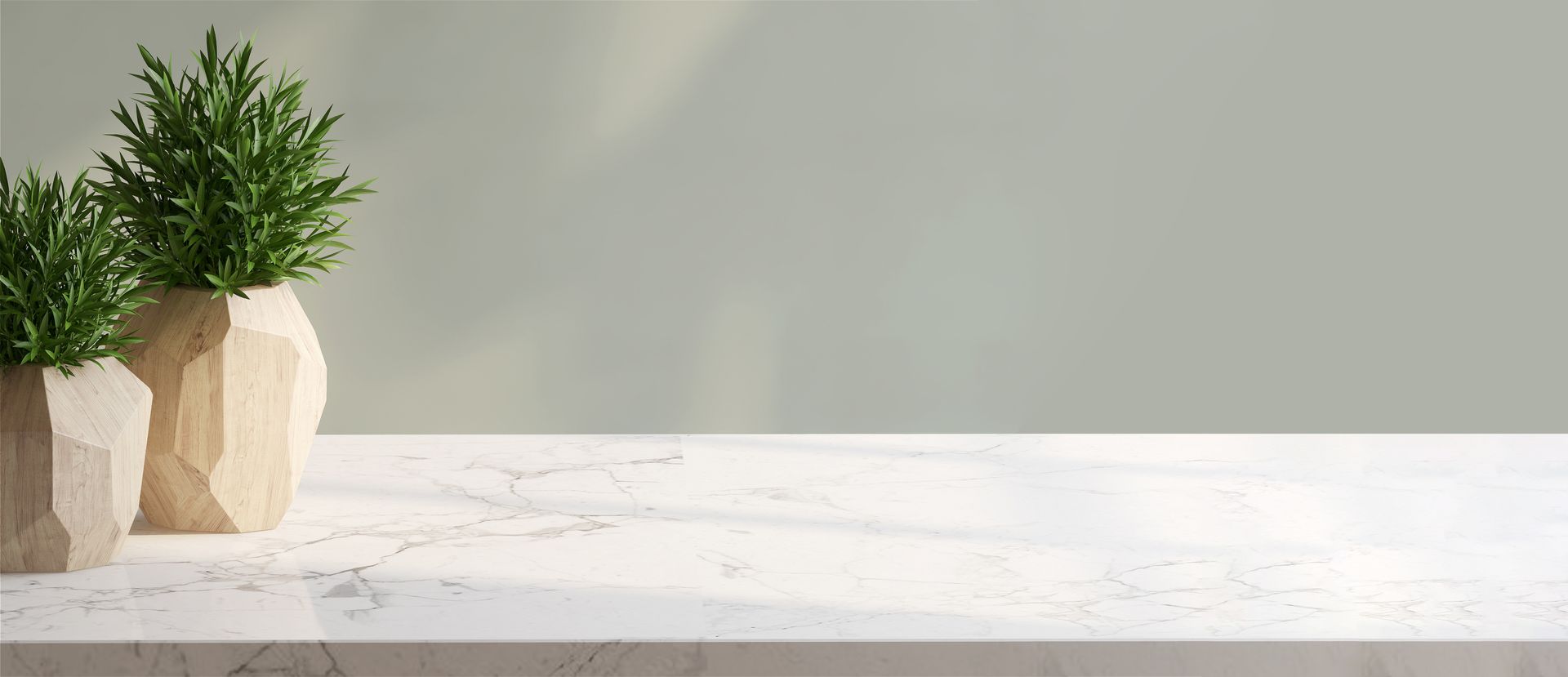With their elegance and timeless beauty, natural stone surfaces are a prized feature in any property. From marble countertops to limestone floors, natural stone adds a touch of sophistication and luxury. However, maintaining the pristine condition of these surfaces can be challenging. This is where professional natural stone cleaning comes into play. Hiring experts to clean and restore your stone surfaces enhances their beauty and preserves their longevity. Let’s explore the advantages of entrusting your natural stone care to professionals.
1. Expert Knowledge and Techniques
Professional stone cleaners possess a deep understanding of different types of natural stone, each with its unique characteristics and cleaning requirements. They are trained to identify the stone type and determine the most effective cleaning methods and products. This expertise ensures that your stone surfaces are cleaned without the risk of damage that can occur with improper handling or using the wrong cleaning solutions.
2. Advanced Equipment and Products
Professionals can access high-grade equipment and cleaning products specifically designed for natural stone care. These specialized tools and solutions can efficiently remove dirt, grime, and stains that household cleaners cannot tackle. Moreover, professional-grade products are often more environmentally friendly and safer for your stone surfaces, providing a deep clean without harsh chemicals.
3. Enhanced Appearance and Restoration
Over time, natural stone can lose its luster and become dull due to wear and tear, spills, and improper cleaning. Professional cleaners can restore the original beauty of your stone surfaces, enhancing their appearance and bringing back their natural shine. They can also perform repairs, such as fixing chips or cracks, ensuring your stone surfaces look as good as new.
4. Preventive Care and Maintenance
Professional cleaning extends beyond mere aesthetics and involves applying sealants that protect the stone from future stains and damage. This preventive care is crucial for preserving the integrity and longevity of natural stone surfaces. Professionals can advise on the best maintenance practices, helping you avoid common pitfalls that can lead to costly repairs or replacements.
5. Time and Cost Efficiency
While it might seem cost-effective to undertake stone cleaning yourself, the risk of damage from incorrect cleaning methods can lead to expensive repairs. Professional cleaning saves you time and money in the long run by ensuring the job is done right the first time. Furthermore, regular professional cleaning prolongs the life of your stone surfaces, reducing the need for frequent repairs or replacements.
6. Health Benefits
Dust, mold, and mildew can accumulate in the pores of natural stone, affecting indoor air quality and potentially causing health issues. Professionals use techniques that clean the surface and remove these harmful contaminants, ensuring a healthier living environment.
Conclusion
Investing in professional natural stone cleaning is a wise decision for any property owner. The expertise and equipment professionals bring to the table guarantee that your natural stone surfaces are visually appealing, well-maintained, and protected for the future. By choosing professional cleaning services, you are not just cleaning your stone surfaces; you are preserving an investment and ensuring the beauty and integrity of your natural stone for years to come.


